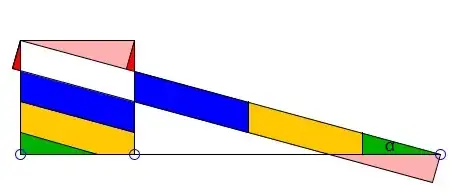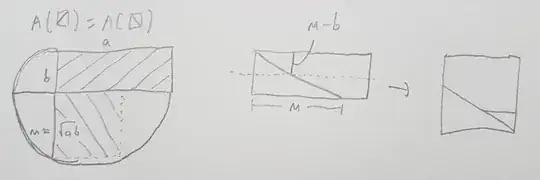There are several propositions and constructions in Euclid's Elements that relate to the squaring of a rectangle, e.g.
Proposition II.5: If a straight line is cut into equal and unequal segments, then the rectangle contained by the unequal segments of the whole together with the square on the straight line between the points of section equals the square on the half.
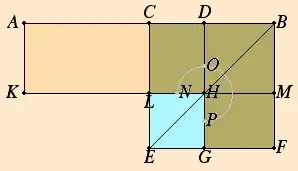
Proposition II.14: To construct a square equal to a given rectilinear figure.
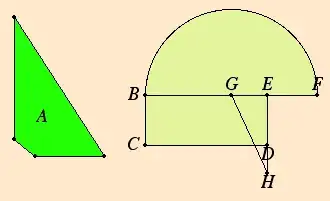
Proposition VI.13: To find a mean proportional to two given straight lines.
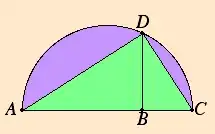
But none of these resemble the "proof without words" (which isn't found in the Elements) that any rectangle can be dissected and rearranged to obtain an equal square:
Performing this dissection essentially means to construct the angle $\alpha$ - everything else follows.
My question is:
How do I specifically construct the angle $\alpha$ when given an arbitrary rectangle?
